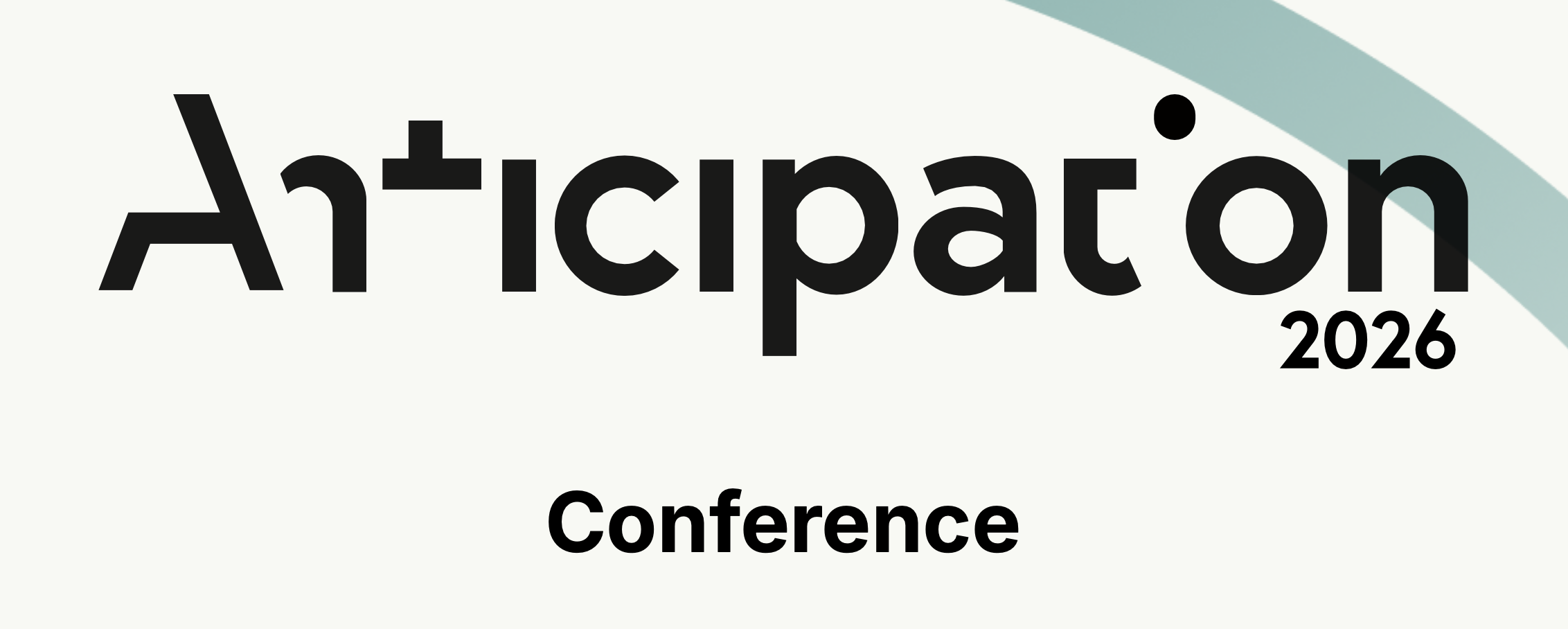Last Edited: 19 days ago
Anticipation 2026 Conference01 July - 03 July 2026
Anticipation 2026 is an interdisciplinary conference for rethinking how ideas about futures operate within conditions of uncertainty, indeterminacy, and unknowing. Bringing together researchers, designers, philosophers, policy makers, and practitioners, the conference opens space for exploring how futures are shaped through aesthetics, ethics, epistemologies and material practices. Registration opens on the 2nd of February 2026, but the call for abstracts is open now.
From 1st to 3rd July 2026, the 6th Conference on Anticipation will be held at the Politecnico di Milano, Design Department. Anticipation 2026 invites participants to explore the entangled relations between futures, unknowing, and design. The overarching aim of the Conference Series and of the emerging field of Anticipation Studies is to create new perspectives on how individuals, groups, institutions, systems and cultures use ideas about futures to act in the present.
The 6th International Conference on Anticipation will be held at the Design Department of Politecnico di Milano, one of Europe's leading institutions for design research and education. Located in the heart of Milan, a global capital of design, fashion, and innovation, the department stands as a site for examining the contemporary and future roles of design within complex societal, technological, and ecological systems. Politecnico di Milano’s Design Department is renowned for fostering experimental, practice-based, and transdisciplinary approaches that challenge conventional boundaries of design. It cultivates a vision of design as a powerful mode of inquiry.
From critical design to foresight, from service design to post-human aesthetics, design at Politecnico di Milano nurtures an ecosystem where research, pedagogy, and practice interact to explore how futures are made and contested. The department brings together a diverse network of researchers, educators, and practitioners committed to advancing critical, speculative, and anticipatory design approaches while benefitting from ongoing exchanges with industry, cultural institutions, and grassroots communities. Its interdisciplinary structure includes dedicated labs and centers focused on areas such as communication and product design, service design, sustainable transitions, and design for social innovation. These spaces foster a culture of inquiry where prototyping, material experimentation, and reflective practice converge. The Bovisa campus offers state-of-the-art facilities, from fabrication workshops to immersive environments, supporting collaborative and transdisciplinary engagement.
Posted on: 02/12/2025


























